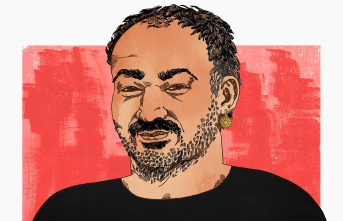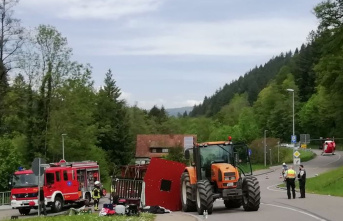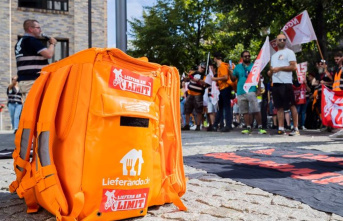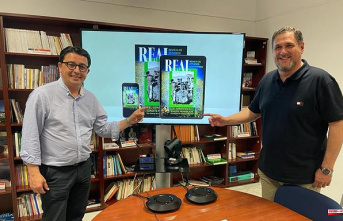The Official State Gazette published the 2019 royal decree declaring the esparto cultural heritage a Representative Manifestation for the Intangible Cultural Heritage of Spain. This is a well-known tradition in the province, particularly in rural areas.
Jose Domingo Lentisco Puche, a historian, says that Almeria was not forgotten. He noted that Almeria was "known for many years as a land 'esparto' and 'leganas', to highlight one its main productions for domestic and agro-pastoral use as well as for export." A plant that is abundant, inexpensive and suitable for the self-production of hundreds of tools and objects required in ancient rural societies.
"In addition to the research and studies that have been done over the past 20-30 years, there is now a significant sample that addresses both the past history of the fiber and its popular techniques and wisdom. This includes some current features in the worlds of artistic creation and new uses for the unique fiber.
The main image of this exhibition is the esparto-grass container found in the Cave of Murcielagos Albunol, Granada, belonging to the Neolithic Period (Collection: National Archaeological Museum). This container, explained the expert, is chosen because it demonstrates the origin of its ancestral roots. It also contains the "suggestive phrases of the late poet Julio Alfredo Egea": "Some mountain trades, when given by men a breath of creative, go beyond traditional learning to become artisanal categories and eventually lead to create artistic concepts. The esparto grass works that transcend the boundaries of pure utility, from distant ages to the invention synthetic fibers, achieve beauty along with that utility or the luxuries that the imagination gives with the efficiency and learning work>>
After months of documentation, visits, and selection of images, texts and text, the Institute of Almeria Studies commissioned the Velez museum to host the exhibition entitled 'El esparto. Source of work and living. Approach to its history and uses. This exhibition was created with the itinerant vocation of showing the popular vegetable fiber, which for many years allowed the handcrafting and sale of household and agro-pastoral items for daily use. It was also a source for income for many day laborer families.
The sample consists of 16 panels that explain the process and include simple and direct textual explanations, as well as many current images. There are 21 photos of esparto workers in Levante and Nijar of Almeria that were taken by Pedro Molina (early 1990s) and Domingo Ortiz (early 1990s). There are numerous objects from the Miguel Guirao Museum's collections and private contributions. A bibliographical selection.
It contains the text of 19 authors, 17 photos from amateurs or professionals, and documentation from seven experts, researchers, or connoisseurs. The collection also includes the collaboration of fifteen collectors who offered their most valuable possessions.
Miguel Martinez Carlon Manchon (mayor of Velez Rubio) presided over the opening ceremony. Conce Perez (member, Almeria Provincial Council) was also present. A large number of people were there, including natives and foreign businesses, researchers, and promoters for esparto-grass projects.
Collaborations
The exhibition includes texts by Julio Alfredo Egea Reche, Miguel Hernandez Gilabert, Francisco Moreno Cayuela, Eduardo G. del Pino, Domingo Ortiz Soler, Manuel Leon Gonzalez, Jose Domingo Lentisco and Encarnacion M. Navarro Lopez.
You will also find photographs of Chencho Ruiz Arres and Jose Antonio Navarro Perez.
The collections include those of Lorenzo Cara Barrionuevo and Enrique Fernandez Bolea.
Documentation works by JordiRuzafa Lozano and Angel Custodio Navarro Sanchez. Andres Sanchez Picon. Donato Gomez Diz. Miguel Quiles Andreo. Manuel Ramos. Juan Garcia Sandoval. Porfirio Marin Martnez.












